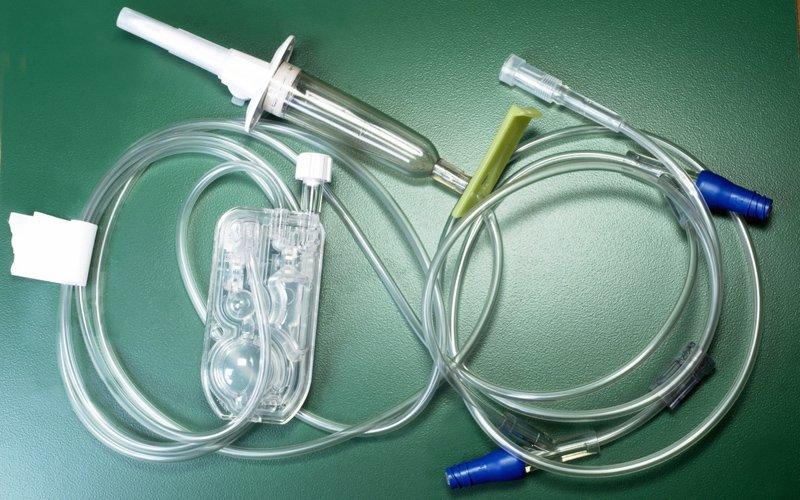Metal tubing plays a vital role in the delivery of healthcare worldwide. From sophisticated medical devices to basic medical procedures, tubing made from metals like stainless steel and titanium are ubiquitous in hospitals and clinics. In this article, we will explore the various types of medical metal tubing used across different specialties, their properties and applications.
Medical Tubing Properties
Certain key properties determine the suitability of tubing materials for various Medical Metal Tubing:
Corrosion Resistance
Tubing that comes in contact with body fluids needs to resist corrosion to maintain structural integrity and avoid toxicity issues. Stainless steel and titanium alloys offer excellent corrosion resistance through a passive oxide layer.
Strength and Durability
Tubing carrying fluids at high pressures or functioning as mechanical components require sufficient tensile and burst strength. Metal alloys outperform polymers in withstanding stresses and strains.
Flexibility
Tubing used in intricate procedures within the body must have a controllable degree of flexibility to navigate tortuous anatomy without kinking. Nitinol is highly flexible while stainless steel can be softened through annealing.
Biocompatibility
For implantable and long-term indwelling applications, the material should be non-toxic, inert and well-tolerated by tissues. Precious metals like gold and titanium have exemplary biocompatibility profiles.
Weldability and Joining
Medical tubing often needs to be joined to other components through welding, soldering or adhesive bonding. The material properties must support reliable, hermetic and durable connections.
Specialized Processing
Tubing dimensions, surface properties and geometries are tailored for specific uses through specialized manufacturing techniques like metal removal, bending, coiling and surface treatments like passivation and electropolishing.
This covers some of the major types of metal tubing used extensively across many areas of medicine and healthcare due to their superior mechanical and chemical attributes compared to polymer alternatives.
Explore more information on this topic, Please visit -
https://www.marketwebjournal.com/medical-metal-tubing-size-and-trends-analysis/
